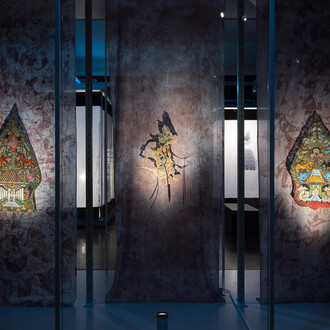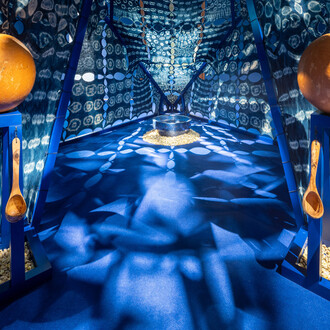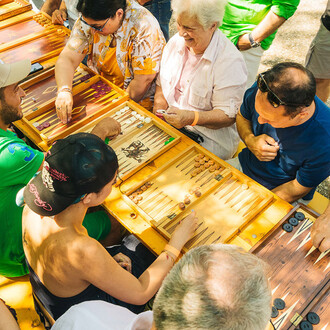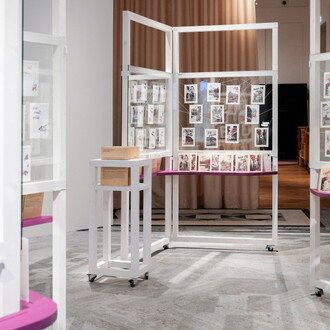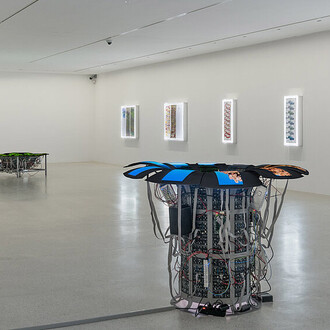The Meiji era covers the period from 1868 to 1912 in Japanese history. This was a time when the feudal state was developing into a modern super power, when Japanese society was changing and opening up to the world. This still-unknown country aroused great interest in Europe. Heinrich von Siebold, the son of the doctor and famous researcher on Japan, Philipp Franz von Siebold, travelled to Japan as a teenager and spent most of his life there. Heinrich von Siebold donated his collection of Japanese objects to Emperor Franz Josef for the k.k. Natural History Museum and was therefore granted the title of a baron. Today, this donation forms part of the core inventory of the Weltmuseum Wien East Asian collection.
The history of this collection has been reconstructed and recreated in the exhibition “Japan in the Meiji Era”, based on three historical object photographs from the 19th century. The exhibition also presents the results of the joint research project with the National Museum of Japanese History.
Heinrich von Siebold (1852-1908), son of the doctor and famous researcher on Japan Philipp Franz von Siebold (1796-1866), travelled to Japan as a teenager and spent most of his life there. He was hired as an interpreter at the newly founded Austro-Hungarian embassy in Tōkyō. This was during the transition from the Shogunate to the Meiji period (1868–1912) and the new policy of opening up the country. During the Meiji Restoration, Japan's formerly military-oriented society changed from a feudal state to a modern superpower, with the Tennō as the head of the state. The social upheaval meant that many of the cult and everyday objects of the previous Shogun period were no longer needed, thus passed into the possession of collectors like Heinrich von Siebold. He wanted to sell his extensive collection, but in the end left it to Emperor Franz Joseph for the k. u. k. Natural History Museum in 1888. The collection was inventoried in the anthropology and ethnography department. Heinrich von Siebold received a title of nobility for the donation. The exhibition follows the collection's journey to the Weltmuseum Wien.





